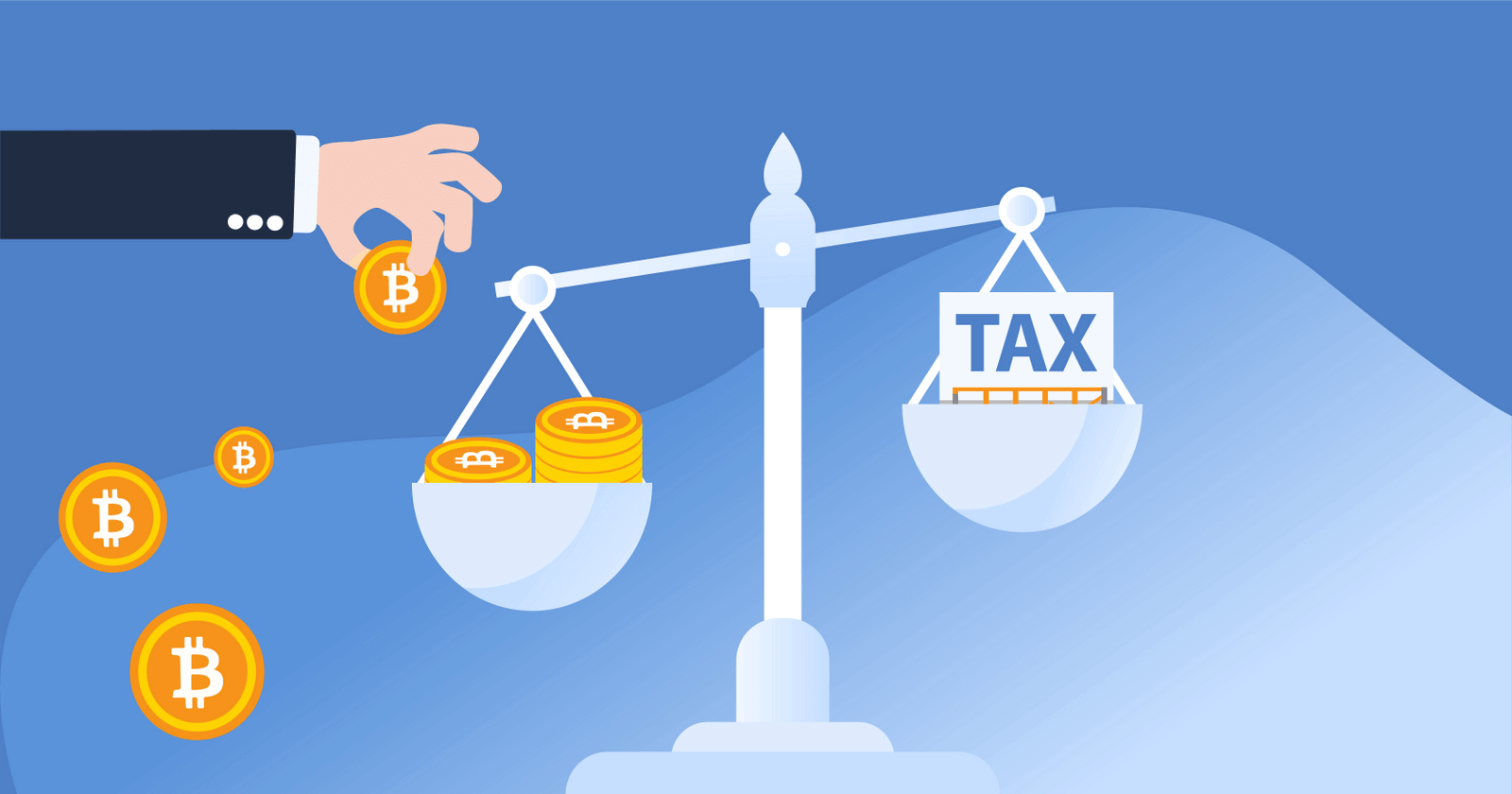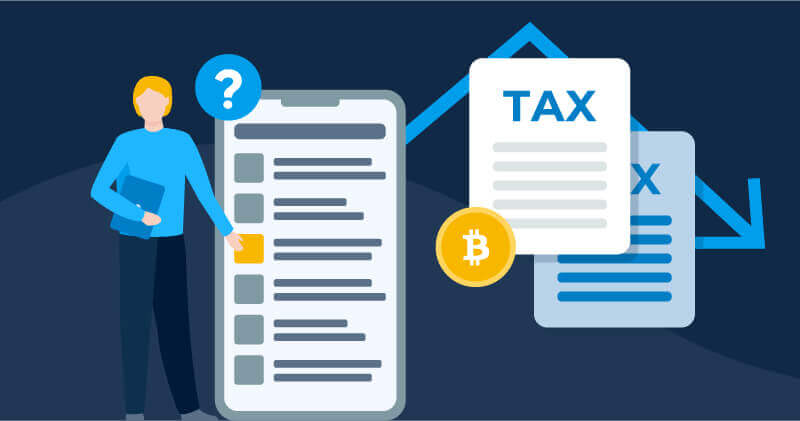

Key Takeaways
- The IRS is not delaying crypto tax reporting requirements for individual taxpayers.
- The IRS is allowing taxpayers to continue to use ‘specific ID’ accounting methods like LIFO and HIFO through 2025, even if their exchange does not support it.
Despite inaccurate rumors racing around Twitter and other social media platforms, investors still need to track and report gains and losses to the IRS in 2025 and all prior years.
Specific rules dealing with how taxpayers must account for gains and losses on centralized exchanges are what are actually being delayed. In this article, we explain exactly what is happening and how you can stay compliant with IRS rules.
What is IRS Notice 2025-7?
On December 31, 2024, the IRS published Notice 2025-7. This notice essentially states that taxpayers can continue using a Specific ID accounting method like LIFO or HIFO to determine their gains on centralized exchanges through 2025, even if they did not ‘inform their centralized exchange of the specific unit of cryptocurrency they want to sell or trade prior to the transaction’.
How does this differ from previous IRS rules?
Earlier in 2024, the IRS made it clear through Rev Proc 2024-28 that centralized exchanges need to begin reporting customer gains and losses to the IRS via Form 1099-DA. The default method that exchanges are to use when reporting gains under this ruling is FIFO, unless the customer specifically identifies cryptocurrency units they want to sell prior to executing a transaction on the exchange.
At this time, most exchanges do not have the technical capability to allow their users to identify the specific units of cryptocurrency they wish to sell. As a result, the tax forms sent by these exchanges will default to FIFO.
‘Specific ID’ methods like LIFO and HIFO can be used to minimize your tax bill. On the other hand, FIFO reporting can inflate capital gains in a bull market as the earliest acquired tranches of crypto are the first to be sold. Often, early acquired crypto comes with a low cost basis, and thus, higher capital gains.
Recognizing this reality, the IRS is delaying, or giving a grace period to taxpayers, to continue using a specific identification accounting method (such as LIFO or HIFO) throughout 2025, even if these accounting records differ from the reporting by their centralized exchange via 1099 Forms.
Does the Safe Harbor from 2024 and ‘per wallet’ tracking still apply?
Yes. These delays, or grace period, provided via Notice 2025-7 does not change the fact that investors still need to migrate to a per-wallet, or per-account, tracking mechanism for the 2025 tax year.
You can learn how CoinLedger enables all users to automatically migrate to per-account tracking in this guide.
Per-wallet tracking example
Consider the following transaction history in the below image:

In this example, the investor can use different methods like FIFO, LIFO, or HIFO to determine his gain from Coinbase. However, the investor cannot pull from tax lots from his or her MetaMask wallet as gains must be computed on a per-account basis.

Using FIFO, the investor’s gains would be $60,000, as he would use his earliest acquired tax lot from Jan 1 to calculate the gain from the $100,000 sale on Coinbase.
Using LIFO, the gain would be $20,000, as he is using the last acquired tax lot from March 1.
Using HIFO, the gain would be $10,000, as he is using his highest-cost tax lot (from Feb 1) when accounting for the gain.
How can crypto tax software can help?
Crypto tax software like CoinLedger automates the entire crypto tax reporting process. By syncing your accounts and wallets with CoinLedger, the platform automatically tracks and calculates your gains and losses from your transactions in compliance with the most up-to-date IRS rules.
Don’t feel comfortable navigating new IRS rules on your own? Consider CoinLedger Done For You. A CoinLedger tax expert can work with you one-on-one, answer your questions, and walk you through the tax reporting process.
You can join 500,000+ other investors and get started with a free CoinLedger account with the link below.
Frequently asked questions
How we reviewed this article
All CoinLedger articles go through a rigorous review process before publication. Learn more about the CoinLedger Editorial Process.

CoinLedger has strict sourcing guidelines for our content. Our content is based on direct interviews with tax experts, guidance from tax agencies, and articles from reputable news outlets.






























%20(1).png)





.png)
















